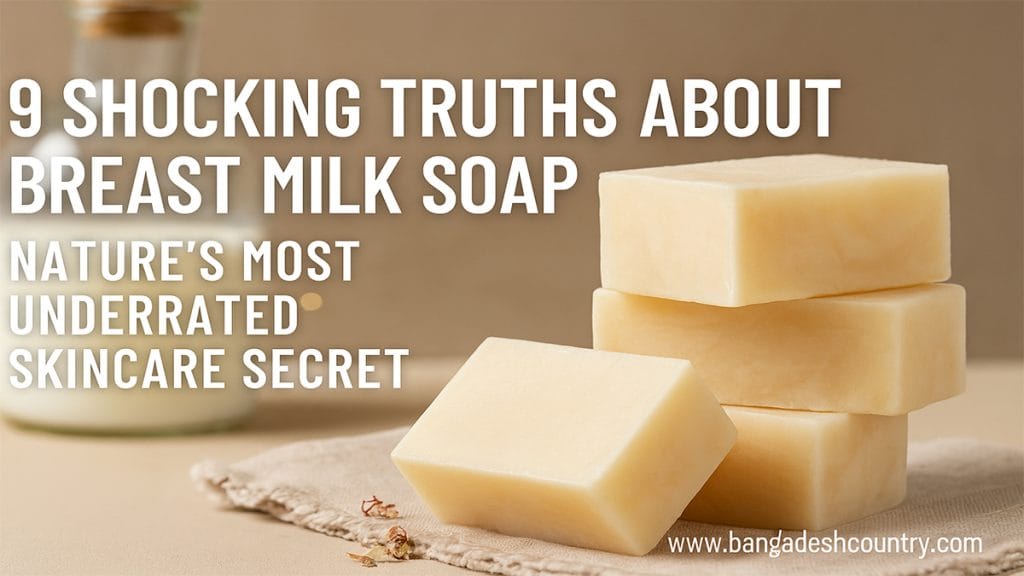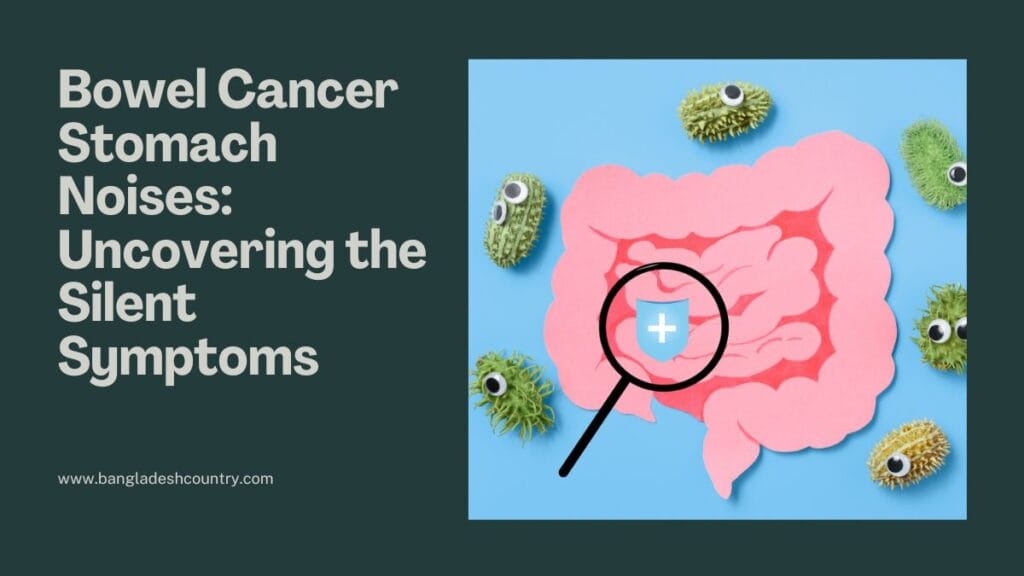1: Introduction
In recent years, natural skincare trends have seen a major shift in the U.S., with consumers searching for alternatives that are clean, chemical-free, and sustainably sourced. Among these unconventional remedies, breast milk soap has emerged as one of the most talked-about—yet misunderstood—products in the market.
At first glance, it might sound strange. Soap made from breast milk? Really?
But a growing number of new mothers, DIY skincare enthusiasts, and eco-conscious consumers are embracing this nutrient-rich, deeply personal product for its healing properties, emotional value, and natural ingredients.
Whether you’re someone who has leftover frozen breast milk, or you’re simply exploring organic alternatives to commercial soaps, breast milk soap is gaining momentum as a gentle yet effective cleanser that’s worth taking seriously.
In this article, we’ll uncover 9 shocking truths about breast milk soap—truths that may just change how you care for your skin, and how you view the power of nature and motherhood in skincare.

2: It Contains Powerful Natural Antibacterial Agents
One of the most shocking yet scientifically backed truths about breast milk soap is its natural antibacterial power. Human breast milk is incredibly rich in protective components like:
- Lactoferrin – which binds iron and inhibits bacterial growth
- Lysozyme – an enzyme that breaks down harmful bacterial walls
- Immunoglobulins (especially IgA) – antibodies that protect against skin infections
- Lauric acid – a fatty acid also found in coconut oil, known for its antimicrobial properties
When these elements are incorporated into a soap base, they provide natural defense against bacteria, viruses, and fungi—without the need for harsh preservatives or synthetic chemicals.
Why Does This Matter for Your Skin?
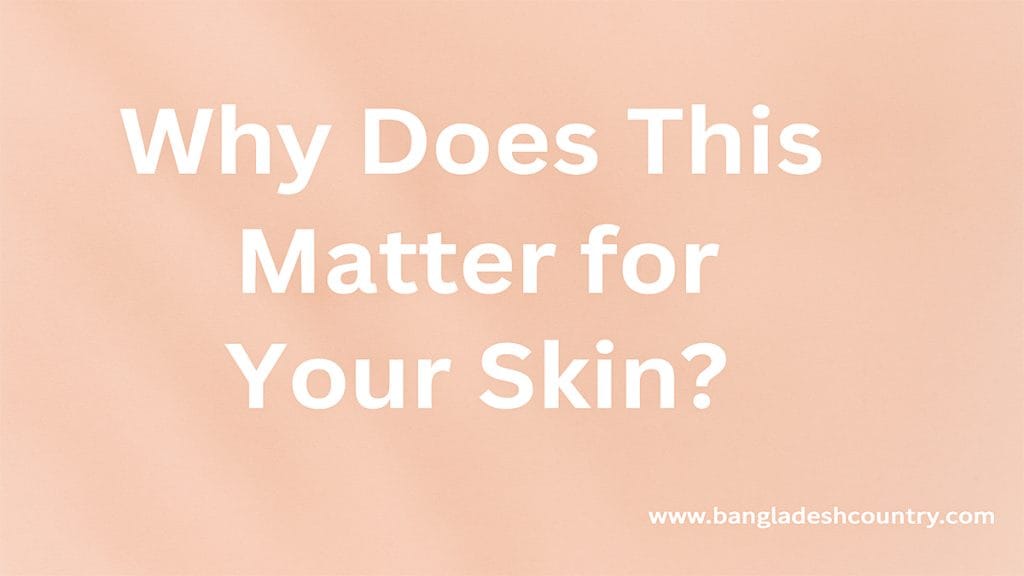
Conventional soaps, especially antibacterial ones, often contain chemical agents like triclosan or alcohol that can disrupt your skin’s natural barrier. This may lead to dryness, redness, or even allergic reactions—especially for people with sensitive skin.
In contrast, breast milk soap nourishes and protects the skin while maintaining its microbiome. For individuals dealing with acne, eczema, or inflammatory skin conditions, this can make a huge difference in recovery and comfort.
Fun Fact: Lauric acid in breast milk has been shown in studies to be more effective than some antibiotics at targeting acne-causing bacteria!
3: It Can Help Heal Eczema and Baby Acne
If you or your baby have struggled with itchy, inflamed, or irritated skin, you know how frustrating it can be to find a soap that cleanses without causing a flare-up. That’s where breast milk soap really shines.
Natural Relief for Eczema
Eczema, or atopic dermatitis, affects millions of Americans—including infants and children. Most over-the-counter soaps contain fragrances, preservatives, and sulfates that strip moisture from the skin and make eczema worse.
Breast milk soap, on the other hand, contains natural fats, enzymes, and vitamins that help:
- Moisturize dry, cracked skin
- Reduce redness and itching
- Soothe inflammation without steroids
- Support skin repair and healing
Because it doesn’t contain artificial additives, it’s a low-risk, high-reward option for eczema-prone individuals.
Safe for Baby’s Delicate Skin
One of the most popular uses of DIY breast milk soap is for baby skincare—especially conditions like:
- Baby acne (common in the first few months)
- Cradle cap
- Diaper rash
Parents report that a simple lather with breast milk soap helps calm irritation, reduce tiny red bumps, and maintain their baby’s natural skin pH.
Real Talk: Many moms say that using breast milk soap was more effective than expensive baby lotions or medicated creams—and way gentler, too.
4: No Harsh Chemicals Needed – Simple and Safe Ingredients
One of the biggest reasons people are switching to breast milk soap is because of how pure and minimalist it is. You don’t need to be a professional chemist or invest in expensive supplies to make a soap that’s safe and deeply nourishing for the skin.
What Goes Into Breast Milk Soap?
A typical breast milk soap recipe includes just a few key components:
- Breast milk – fresh or thawed frozen (about 100–150 ml)
- Melt-and-pour soap base – such as shea butter, goat milk, or glycerin
- Optional natural oils – like coconut oil, olive oil, or sweet almond oil
- Optional essential oils – like lavender or chamomile (for scent)
- Optional exfoliants – like finely ground oatmeal or dried herbs
That’s it! No alcohol. No parabens. No synthetic dyes or sulfates.
Why Simplicity Is a Good Thing
The fewer ingredients in a skincare product, the less chance of:
- Allergic reactions
- Skin irritation
- Long-term toxin build-up
Plus, when you make your own homemade breast milk soap, you control what goes into it—perfect for anyone who’s health-conscious or has sensitive skin.
And for parents? It offers peace of mind knowing their baby’s soap doesn’t contain anything harmful.
Best Soap Base Options
If you’re wondering which soap base works best, here are a few top picks in the USA natural skincare community:
- Goat Milk Soap Base – gentle, creamy, and nourishing
- Shea Butter Base – highly moisturizing and rich in vitamins
- Glycerin (Clear) Base – best for showing off decorative or layered soaps
- Oatmeal Base – ideal for soothing itchy skin or exfoliation
Each of these options pairs beautifully with breast milk, preserving its nutrients while creating a safe, soft lather.
It Has a Short Shelf Life (But It’s Worth It)
One of the most common concerns people have about breast milk soap is its shelf life—and for good reason. Since it’s made from fresh, perishable milk and typically doesn’t contain artificial preservatives, it doesn’t last as long as store-bought commercial soap.
But here’s the twist: That’s not necessarily a bad thing.
How Long Does Breast Milk Soap Last?
In general, homemade breast milk soap lasts between 2 to 3 months, depending on how it’s stored and what ingredients were used.
Factors that affect shelf life include:
- Temperature: Warmer environments may speed up spoilage
- Humidity: Moist air can lead to mold
- Additives: Natural oils or oatmeal can reduce longevity
- Refrigeration: Storing soap in the fridge or a cool, dry area helps extend freshness
If you notice any sour smell, discoloration, or visible mold, it’s time to toss the bar and make a fresh batch.
Is It Still Safe Without Preservatives?
Yes—if handled properly. During the soap-making process (especially with the melt and pour method), most harmful microbes are neutralized by the high temperature. But since breast milk is a biological material, safety still depends on:
- Using clean, sanitized equipment
- Avoiding prolonged exposure to heat after curing
- Keeping the finished soap dry between uses (a draining soap dish helps)
Pro Tip: If you’re gifting breast milk soap or saving it as a keepsake, store it in an airtight container and refrigerate for best results.
Why It’s Still Worth Using
Think of it this way: You’re using a fresh, natural ingredient, free from chemical preservatives. That shorter shelf life is proof that your product is pure, clean, and handmade—not mass-produced.
Plus, with smaller batch sizes, you get to experiment more often and even customize bars for different needs—eczema one month, exfoliating oatmeal the next!
6: You Can Use Frozen or Expired Milk—Safely!
Here’s one of the most surprising truths about making breast milk soap: you can use expired or frozen breast milk—and it’s completely safe, as long as it’s been stored correctly.
This is a huge win for moms who have an oversupply or leftover milk that’s no longer suitable for feeding.
When Is Breast Milk “Expired”?
Breast milk is considered expired for feeding if:
- It’s been frozen for over 6 months
- It’s been stored in the fridge for more than 4 days
- It has a sour smell or odd texture
But when it comes to soap-making, you’re not ingesting the milk—you’re using it topically, and it’s combined with heat and lye (if cold process), or a melt-and-pour soap base, both of which help kill off bacteria.
So, if the milk smells normal and doesn’t show signs of spoilage, it’s still usable for crafting safe and effective soap bars.
Bonus Benefit: Using expired milk helps reduce waste and gives emotional closure to moms who didn’t want to throw away this precious liquid.
How to Handle Frozen Breast Milk for Soap-Making
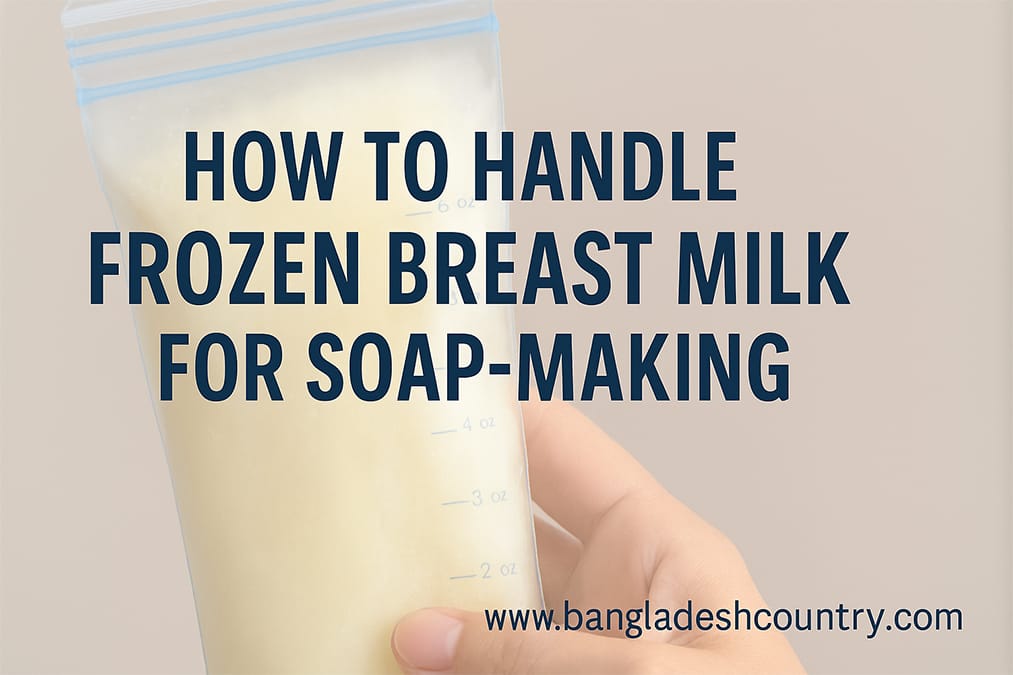
If you’re using frozen breast milk, just follow these steps:
- Thaw it slowly in the refrigerator (never microwave it!)
- Strain it to remove fat clumps if needed
- Use it within 24 hours after thawing for best results
You can also portion it into ice cube trays and freeze again specifically for soap-making—just make sure it’s labeled clearly and kept separate from milk meant for feeding.
Safety Reminders
- Always smell-test the milk before use
- If it smells sour or rancid, discard it
- Use clean equipment to avoid introducing bacteria
- Store finished soaps in a cool, dry place or refrigerator
7: It’s Surprisingly Easy to Make at Home
One of the most appealing things about breast milk soap is that it’s incredibly easy to make—even for total beginners. You don’t need fancy tools, lye, or chemistry know-how. In fact, you can make your first batch using just a microwave and a few basic ingredients!
Why DIY Breast Milk Soap?
- Safe – You control every ingredient
- Affordable – Uses simple, often already-available items
- Customizable – Add oatmeal, essential oils, or herbal infusions
- Meaningful – Makes a thoughtful, sentimental gift
- Eco-friendly – Reduces waste and packaging
Whether you’re a crafty mom or a skincare enthusiast, making soap at home is an easy win.
Basic DIY Breast Milk Soap Recipe (Melt & Pour Method)
Ingredients:
- 100–150 ml thawed breast milk (fresh or frozen)
- 1 lb melt-and-pour soap base (goat milk or shea butter is ideal)
- 1–2 tbsp coconut oil or olive oil (optional, for extra moisture)
- 4–6 drops essential oils (lavender, chamomile, or unscented for baby-safe version)
- 1 tbsp finely ground oats (optional, for exfoliation)
- Silicone soap molds
- Microwave-safe bowl or double boiler
- Mixing spoon or spatula
Instructions:
- Prepare the Milk
Thaw breast milk in the refrigerator and bring it to room temperature. Strain if needed. - Melt the Soap Base
Cut into cubes and melt the soap base using a microwave (30-second bursts) or double boiler. - Add Optional Ingredients
Mix in coconut/olive oil, oats, or essential oils once the base is fully melted. - Add the Breast Milk
Slowly stir in the milk. Mix gently but thoroughly. Don’t overheat—the goal is to preserve nutrients. - Pour Into Molds
Pour the mixture into silicone molds. Tap to remove air bubbles. - Let It Set
Allow the soap to harden at room temperature for 24–48 hours. Remove from molds once solid. - Store Properly
Keep in a cool, dry place or refrigerate if your climate is humid. Use within 2–3 months.
Tip: Label your soap with the date it was made. If gifting, add a cute custom tag with ingredients and care instructions!
8: Some Say It Smells Like Soap… or Something Else
When it comes to breast milk soap, the question many people are too shy to ask is: What does it smell like? After all, you’re putting human milk into a soap bar—won’t it smell… odd?
The answer? It depends.
What Breast Milk Soap Usually Smells Like
In most cases, breast milk soap smells just like any other natural, unscented soap. This is especially true if you’re using a neutral melt-and-pour base like shea butter or goat milk.
However, there are a few things that can influence the scent:
- The age of the milk used (older or borderline-expired milk can create a “soapy” or “off” scent)
- The soap base type (some bases have strong underlying aromas)
- Additives like oatmeal or oils that may carry their own scent
- Whether or not you use essential oils for fragrance
When It Smells Weird
Some users report that breast milk soap develops a metallic, sour, or even “soap bubble” smell over time. This can happen if:
- The milk was not fresh
- The soap was stored in warm or humid conditions
- Too much milk was used compared to the soap base
- It wasn’t cured or dried properly before use
Pro Tip: Stick to 1 part milk to 3–4 parts soap base for best scent control and stability.
How to Improve or Mask the Scent
If you’re worried about smell, try adding these to your recipe:
- Lavender essential oil – calming and baby-safe
- Chamomile essential oil – soothing and gentle
- Vanilla extract (skin-safe) – sweet and cozy scent
- Oats or dried herbs – natural masking and added benefits
Just be careful when using essential oils for baby soap—always check dilution ratios and safety guidelines.
9: It Has Deep Emotional Value for Mothers
Beyond its skin-loving benefits and natural composition, breast milk soap holds something far more powerful—emotional meaning.
For many new mothers, the act of creating soap from their own breast milk is more than a skincare DIY project—it’s a deeply personal expression of love, sacrifice, and motherhood.
A Sentimental Keepsake
Mothers often have excess or expired breast milk that’s no longer suitable for feeding. Instead of discarding it, turning that milk into soap becomes a way to preserve a piece of their parenting journey.
Some moms save bars of breast milk soap as keepsakes, while others gift them to family members or even use them during baby’s first bath.
One mom shared: “Making soap from my own milk felt like turning my love into something tangible. It was comforting—like I was still nurturing, even when breastfeeding had ended.”
A Gentle Goodbye to the Breastfeeding Chapter
When a mother stops nursing—whether due to weaning, supply loss, or medical reasons—it can be an emotional transition. Breast milk soap provides a therapeutic and meaningful way to say goodbye to this chapter, while still honoring what it represented.
Each bar can symbolize:
- The strength and care behind every feeding
- The unique bond shared with her child
- A physical reminder of her nurturing spirit
Empowerment Through Creation
Making breast milk soap is also a form of creative empowerment. It allows mothers to:
- Reclaim control over their body and their story
- Turn something natural into something healing
- Share a piece of their journey with others in a tangible form
This emotional connection is something no commercial product can replicate—and it’s part of why the breast milk soap movement is growing in communities of mothers across the U.S.
10: You Can Sell It on Etsy and More
If you’ve fallen in love with making breast milk soap, you’re not alone—and you’re not limited to keeping it just for personal use. Across the U.S., more and more mothers and artisans are selling their creations on platforms like Etsy, Facebook Marketplace, and Instagram Shops.
And yes—it’s completely legal, as long as it’s done responsibly.
Where to Sell Breast Milk Soap
Here are the most popular and trusted platforms for selling handmade soaps in the U.S.:
- Etsy – The go-to marketplace for handcrafted, personalized goods
- Facebook Marketplace – Great for selling locally or through mom groups
- Instagram Shops – Use photos, videos, and hashtags to build your brand
- Mom blogs or personal websites – Some moms turn their creations into small businesses
- Farmers’ markets & craft fairs – Ideal for reaching natural-living audiences face-to-face
Pro Tip: Breast milk soap with custom baby molds, name engravings, or packaging designed for baby showers or keepsakes can command a higher price.
How Much Can You Sell It For?
The price of breast milk soap for sale varies depending on size, ingredients, and presentation:
- Small decorative bars: $5–$8
- Medium skincare bars: $8–$12
- Custom, engraved or gift-wrapped: $12–$20
Mothers often supply their own breast milk for personal-use orders, while others use donated or ethically sourced milk for general sale.
Legal & Ethical Considerations
Selling breast milk soap involves more than just making and posting a product. You must be mindful of:
Labeling Requirements:
- List all ingredients clearly
- State that it’s “For External Use Only”
- Include disclaimers (e.g., “This product is not FDA-approved or intended to treat medical conditions”)
Health & Hygiene:
- Use sterilized tools and molds
- Keep breast milk frozen/refrigerated until use
- Avoid using spoiled or expired milk
Ethical Sourcing:
- Never use donated milk without written consent
- Be transparent with buyers about the origin of the milk
- Respect privacy and never commercialize donated milk originally meant for infants in need
Final Thoughts – Why Breast Milk Soap Deserves a Spot in Your Routine
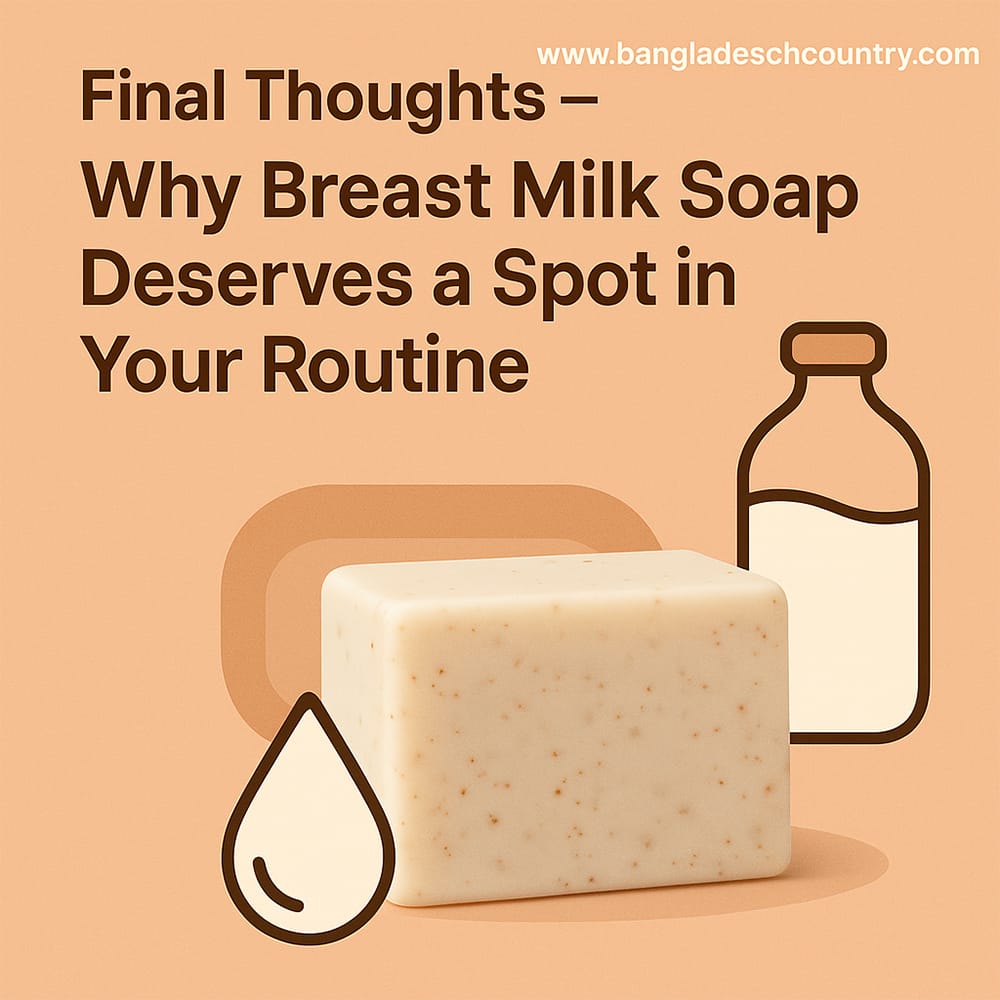
By now, it’s clear that breast milk soap is more than just a trending DIY project—it’s a beautiful blend of nature, nurture, and necessity.
Whether you’re a mom with extra milk, a fan of clean beauty, or someone with sensitive skin looking for a gentler solution, this handmade soap delivers genuine benefits while honoring a deeply personal journey.
Here’s Why It Stands Out:
Naturally antibacterial and free from harsh chemicals
Hydrates, heals, and soothes eczema, acne, and rashes
Zero waste solution for leftover breast milk
A sentimental keepsake for mothers and families
Easy to make at home and even sell responsibly
Aligns with the movement toward eco-conscious, handmade skincare
It’s a product rooted in care, sustainability, and emotion—a reflection of motherhood’s quiet strength and the human body’s extraordinary ability to nourish and heal.
“Breast milk soap isn’t just about what’s in it—it’s about what it represents: love, resourcefulness, and trust in the natural.”
So whether you’re lathering up for your baby’s first bath, gifting a bar to another mom, or starting a small soap-making business, remember—you’re doing more than cleaning skin. You’re telling a story, and it’s one worth celebrating. If you value natural, personal solutions for your body, it’s also worth exploring how the Vampire Breast Lift offers a less invasive, plasma-based alternative to traditional breast surgery.
Frequently Asked Questions About Breast Milk Soap
Is breast milk soap really antibacterial?
Yes! It contains natural agents like lauric acid and lysozyme that fight bacteria—without the harsh chemicals found in commercial soaps.
Can breast milk soap help with eczema or baby acne?
Absolutely. It soothes inflammation, hydrates dry skin, and is gentle enough for babies with conditions like eczema, cradle cap, or baby acne.
What ingredients go into breast milk soap?
Just a few! Melt-and-pour base, breast milk, and optional natural oils or oats. No alcohol, parabens, sulfates, or synthetic fragrances.
How long does breast milk soap last?
Usually 2–3 months. Store in a cool, dry place. If it smells sour or shows mold, toss it. Refrigeration can help extend freshness.
Can I use expired or frozen milk for soap?
Yes—if stored safely and it smells normal. Expired milk isn’t safe to drink but works fine for soap, especially after heating during the process.
Is it easy to make breast milk soap at home?
Yes! No fancy tools needed. Just melt, mix, and pour into molds. Even beginners can make customized, natural soap with personal meaning.
Can I sell breast milk soap legally?
Yes—but follow safe practices, label ingredients clearly, and only use your own or consented milk. Many moms sell on Etsy and local markets.

